Major roadworks on Forth Road Bridge after Queensferry Crossing opens
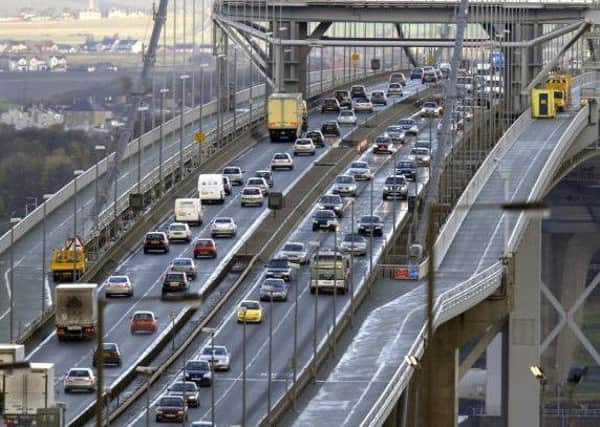

The £9 million project would see one of the two carriageways closed at a time for up to eight months from spring 2018.
The work was put off until after the opening of the Queensferry Crossing - now due in May - to avoid major traffic disruption.
Advertisement
Hide AdAdvertisement
Hide AdOnce the new bridge is open, the Forth Road Bridge is scheduled to become a "public transport corridor", reserved for buses and taxis.
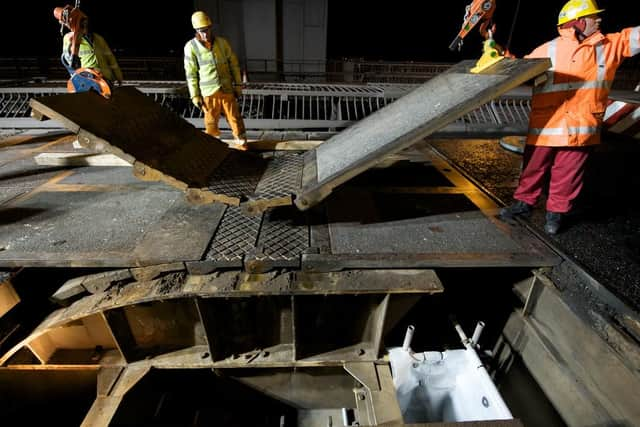

The Scottish Government's Transport Scotland agency is due to appoint a contractor for the scheme in the autumn.
The 20ft-long main expansion joints beside the bridge's two towers, which expand and contract during temperature changes, have been found to be life-expired
They are believed to be the largest and oldest of their type in existence.
The replacement joints will be a modified version of the same type of joint.
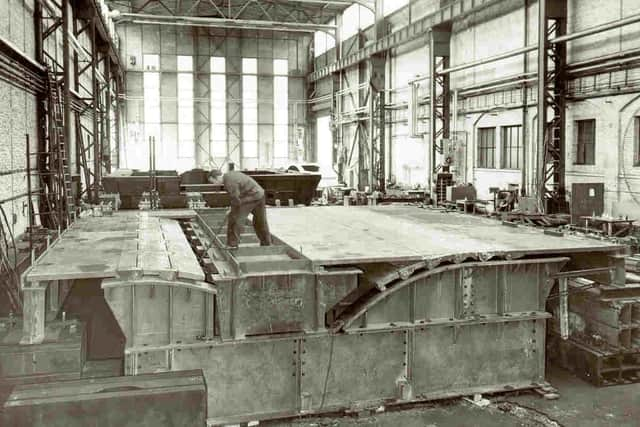

They were originally due to have been replaced in 2009.
It would have involved round-the-clock contraflows during the installation of ramps and mini-bridges to carry traffic over the work area, and heavy lorries being banned from using the bridge.
The ramps and mini-bridges would have cost £6 million alone.
Bridge officials decided to postpone the work after the new bridge was approved, until it was opened and traffic switched from the Forth Road Bridge.
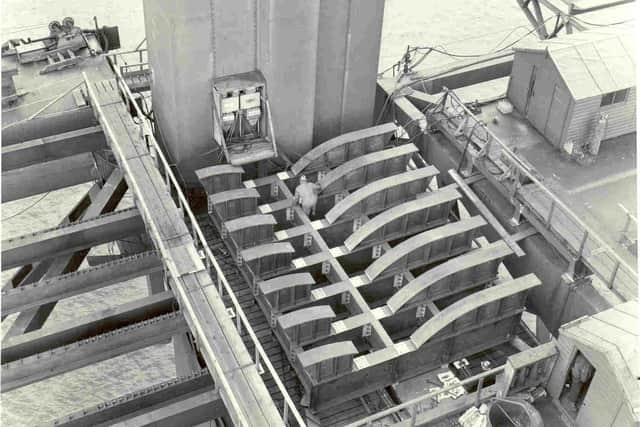

Advertisement
Hide AdAdvertisement
Hide AdJoints on the north and south approach viaducts and nosing joints at the north and south side towers are also due to be replaced at the same time.
Mark Arndt, Forth Bridges Unit account director for Amey, which runs the Forth Road Bridge for Transport Scotland, said: “The contract to replace the main expansion joints on the Forth Road Bridge is unrelated to the ongoing repairs to the truss end links.
"The main expansion joints are built into the carriageway directly underneath the main towers, and allow the bridge deck to expand and contract in response to wind, traffic loading and temperature.
“These joints were originally planned to be replaced in 2009.
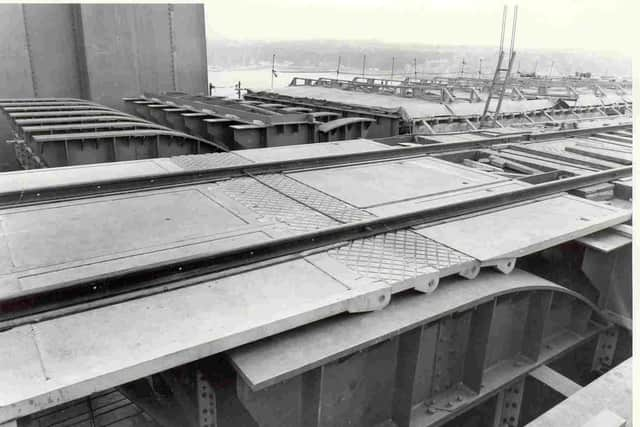

"However, the project was postponed by the [then] bridge authority Feta, following the Scottish Government’s commitment to a definite programme for construction of the Queensferry Crossing.
"Instead, temporary fail-safe devices and a permanent access system were installed, and an enhanced inspection and monitoring regime was introduced.
“These joints have performed well and lasted longer than their designers originally anticipated.
"However, as moving parts, they are subject to wear and tear and have now reached the end of their service life.
Advertisement
Hide AdAdvertisement
Hide Ad“The original plan was to build temporary 'mini bridges' over the joints to allow light vehicles to continue using the bridge during the replacement works, which would have lasted three months on each carriageway.
"Heavy goods vehicles (HGVs) would have been required to divert via an alternative route.


“Now, thanks to the Queensferry Crossing, the joint replacement can be carried out with significantly less disruption to traffic and cost to the public purse, avoiding the economic cost of HGVs being diverted and avoiding the need for temporary 'mini bridges' that would have cost £6 million.
“One carriageway at a time will be closed during the works, with a single lane of traffic in each direction on the opposite carriageway.
"Work on site is expected to begin during the 2018-19 financial year and will last approximately eight months, however this will not cause delays to traffic with the Queensferry Crossing available and the Forth Road Bridge open to buses, taxis, cyclists and pedestrians.”